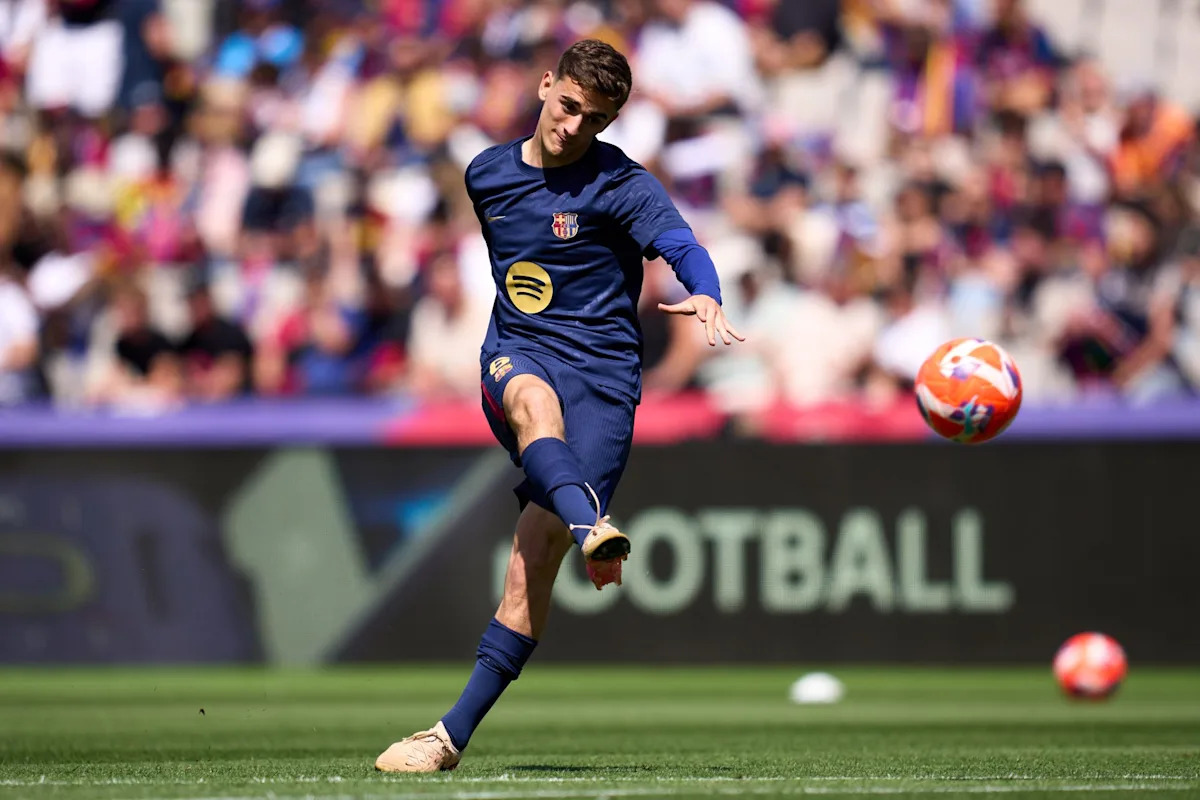Barcelona`s recent 3-1 comeback victory against Real Oviedo in LaLiga offered a moment of collective exultation, pushing them closer to the summit. Yet, beneath the surface of relief and renewed title aspirations, a palpable concern lingers for manager Hansi Flick: the precarious depth of his midfield. This win, rather than purely celebrating a successful recovery, served as a stark, almost clinical, diagnostic of a potential Achilles` heel that could define — or derail — their entire season.
The Oviedo Game as a Microcosm
The match against newly-promoted Real Oviedo was, in many respects, a microcosm of Barcelona`s current midfield predicament. The first half painted a worrying picture. With Flick opting for squad rotation, presumably with a crucial Champions League clash against Paris Saint-Germain looming, the midfield, particularly with Marc Casado in a pivotal role, struggled to assert control. Possession often felt sterile, lacking the incisive thrust required to break down Oviedo’s resilient defense. Shots were speculative, largely from outside the box, born more of frustration than tactical design. It took a goalkeeping error for Oviedo to capitalize, exposing Barcelona’s lack of first-half dynamism.
Enter Frenkie De Jong at halftime. His introduction was immediate and transformative, a testament to his undeniable class and the vacuum he filled. Suddenly, the channels opened, the ball moved with purpose, and Barcelona`s attack gained a lethal edge. Two shots from outside the box in the second half, compared to many more in the first, speak volumes about the improved penetration and ruthless finishing that followed. The result was a dominant second-half performance culminating in three goals. A fine comeback, indeed, but one that highlighted, rather than masked, the critical disparity in midfield quality.
The Gavi-Sized Hole and the “Depth Drop-Off”
This reliance on key personnel is amplified by the significant absence of Gavi, sidelined for approximately five months following knee surgery. His boundless energy and combative spirit are irreplaceable. While Pedri and De Jong form an exquisite, almost telepathic, midfield pivot when fit, the modern football calendar demands rotation. Three games in eight days is not an anomaly; it`s the norm for a club competing on multiple fronts. Expecting these two maestros to carry the entire creative and defensive burden relentlessly is not merely optimistic; it`s unsustainable.
The current alternatives, as demonstrated by the Oviedo match, present a drastic drop-off in output. Casado, while a promising talent, currently lacks the experience and tactical maturity to consistently dictate play at Barcelona`s required level. Even the deployment of defenders like Eric Garcia in a makeshift midfield role underscores the existing shortfall. This isn`t merely about individual ability; it`s about the systemic flow, the tempo, and the creative spark that defines Barcelona`s football.
The Real Madrid Shadow and Flick`s Strategic Challenge
Consider their eternal rivals, Real Madrid. Under Xabi Alonso, they appear to possess depth across the park, a luxury Barcelona, particularly in midfield, currently can`t boast. While Barcelona`s attack has proven resilient with Ferran Torres and Marcus Rashford stepping up, the engine room`s vulnerability could be the decisive factor in a protracted title race or the unforgiving knockout stages of the Champions League.
Hansi Flick, in his inaugural season, already faces the formidable task of competing for a treble – the standard expectation at a club of Barcelona`s stature. His success in LaLiga last season only amplified those expectations. The immediate challenge is to creatively manage his existing resources, ensuring the vital midfield duo are rested without sacrificing crucial points. The romantic notion of a 17-year-old academy prodigy emerging to fill the void is a Barcelona tradition, and while such talents might exist (Lamine Yamal`s return, for instance, offers some relief in attack), Flick will need to cast a wide and perhaps unconventional net to find immediate, reliable solutions.
Ultimately, the measure of Barcelona`s season will not be defined solely by their star players` brilliance, but by their ability to maintain competitive consistency when rotation is unavoidable. If solutions aren`t found for this midfield conundrum, despite the recent comeback heroics, this season risks being remembered not for its triumphs, but for its unfulfilled potential. The shadow of midfield fragility looms large over the bright lights of victory.

